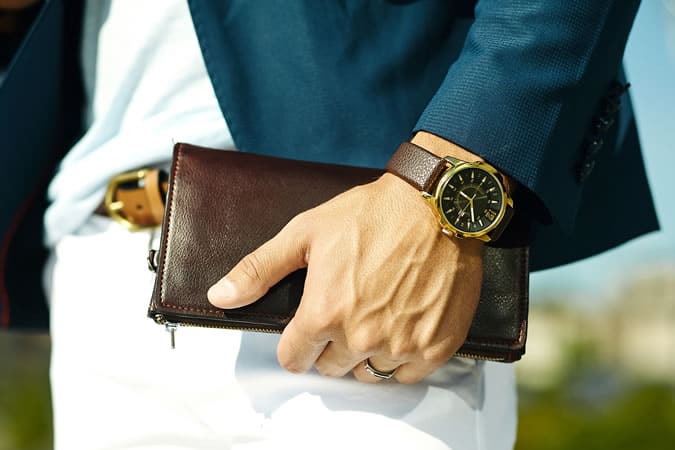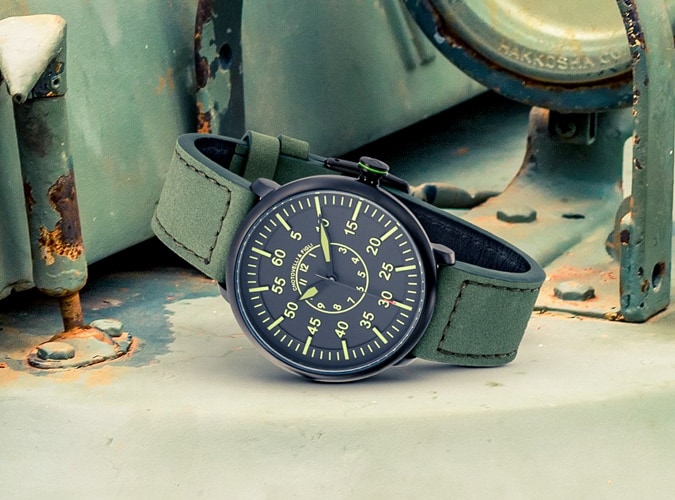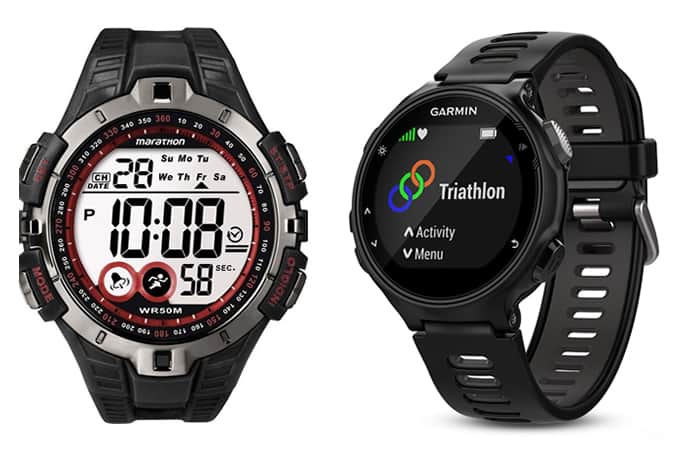The Best Tonneau Watches
Not all wrists are made the same. Nor are tastes. So, despite round cases’ near monopoly on the men’s watch market, it’s good to know there are myriad other shapes on offer if you’re looking to sidestep the circle.
There’s TAG Heuer’s square Monaco, for example, and the oft-copied octagonal case of Audemar Piguet’s iconic Royal Oak. But if your personal sense of style leans more formal than casual, and you’re looking to add a Jay Gatsby flavour to your wrist, consider adding a tonneau-shaped timepiece to your collection.
The tonneau watch – known for its four-cornered barrel shape (tonneau is French for barrel) – has rolled in and out of favour since its debut, courtesy of Cartier, in 1906. At that time, tonneau watches (like all wristwatches) were considered dainty jewellery, and therefore mostly worn by women. But by the 1920s, men had dispensed with their pocket watches and strapped on tonneaus, too.
The dawn of Art Deco saw tonneau watches soar in popularity, their bold shape and clean lines chiming perfectly with the wider aesthetic taste at the time. Along with Cartier, industry-leading brands like Longines, Vacheron Constantin and Patek Philippe all produced their own takes on the tonneau in the first half of the twentieth century.
Despite its dominance throughout the 1920s and 1930s, the shape’s popularity gradually waned, and by the 1970s – a decade that saw the emergence of the tonneau’s corpulent cousin, the cushion case – most brands seemed to have forgotten about it altogether, preferring sporty heft over slim elegance.
Swiss watchmaker Franck Muller went some way in resurrecting the tonneau when he launched his eponymous brand in the early 1990s, adopting the shape as company standard. In an attempt to restore the tonneau to its former glory, Muller went in hard, taking all the classic elements of the Art Deco-era watches and adding in copious amounts of bling and off-beat colour palettes. (About as easy to wear as it sounds.)























